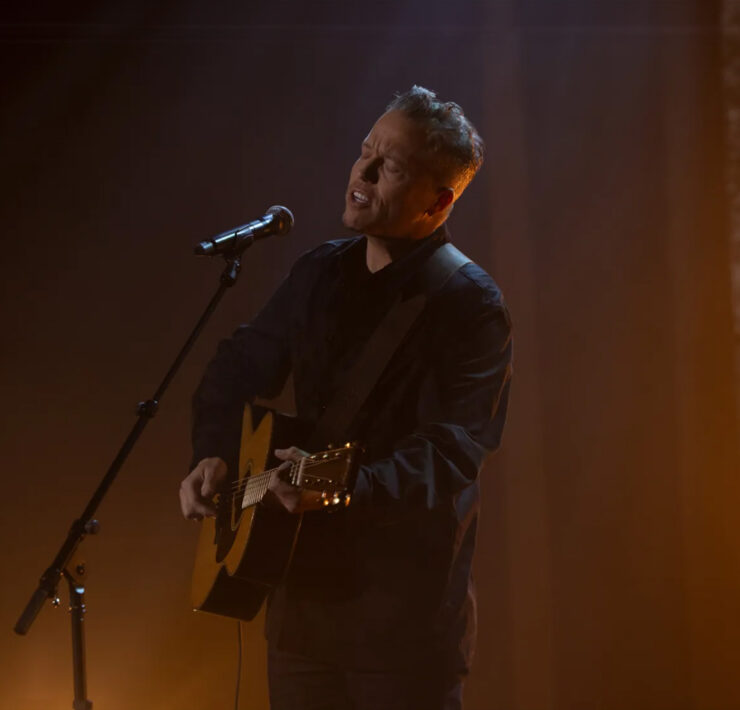If you had an internet connection in 2020, you almost certainly saw posts about #SaveTheChildren. The movement called for people to get involved in the fight against sex trafficking, often through Instagram slideshows displaying chilling statistics. On the surface, it was very hard to argue with. Who doesn’t want to take a stand against trafficking? The movement exploded, with posts garnering hundreds of thousands of retweets and even sparking IRL marches begging lawmakers to do something about the blight of sex trafficking.
Everyone agrees that human trafficking is evil, and nobody in their right mind would suggest people shouldn’t fight it. But that reality also makes it easy for opportunistic grifters to leverage people’s very understandable concerns. And in the case of #SaveTheChildren, major figures of QAnon plied people’s very real horror about sex trafficking as a back door for conspiracy theories with no basis in reality.
For example, some significant QAnon conspiracy theorists mixed concern about human trafficking (true) with lines about how political figures like Hillary Clinton, Tom Hanks and former President Barack Obama are members of an elitist ring of satanic pedophiles (false). As Whitney Phillips, a professor of communication and rhetorical studies and co-author of You Are Here: A Field Guide for Navigating Polarized Speech, Conspiracy Theories, and Our Polluted Media Landscape told Vox, it’s a way to “launder QAnon into the mainstream.”
From its infancy, QAnon hitched its wagon to concern about child sex trafficking. QAnon believers on 4Chan interpreted cryptic messages from the so-called “Q” to mean that an elite cabal of corrupt officials were engaged in all kinds of horrifying behavior, including sex trafficking. Some QAnon beliefs are pretty outlandish, including ancient, anti-Semitic tropes around things like “blood harvesting” and Adrenochrome. But QAnon is a wide movement, with sects and varying levels of belief. Most people don’t just walk into Comet Ping Pong pizzeria in Washington D.C. with a gun. It takes slowly getting radicalized, and innocent-seeming campaigns like #SaveTheChildren can be a catalyst for some extremist beliefs.
That sort of radicalization happened so much that Facebook banned #SaveTheChildren on its platforms, since it’d become so rife with misinformation and damaging conspiracies. But of course, bans like that only fuel the beliefs among QAnon adherents that Big Media wants to shut down the truth. This is the ugly cycle of conspiracy theories in our unfortunate digital age.
This is a difficult case, because many of the people who posted about #SaveTheChildren and even got involved were sincere in their beliefs, and had no connection to QAnon. Their activism was positive, but it boosted the #SaveTheChildren hashtag and, along with it, its more insidious misinformation. A person could be innocent in clicking #SaveTheChildren, hoping to learn more about a real problem, and come across conspiracies about the “Deep State,” Wayfair, election fraud and COVID misinformation.
Does this mean that Christians shouldn’t take a stand against human trafficking? Of course not. But it does mean Christians should take the time to educate themselves about the real scope of the problem by talking to actual experts and reading verified sources. Linking arms with bad faith con artists and conspiracy theorists will do nothing to help the very real people suffering from modern day human trafficking. Many #SaveTheChildren claims sounded dire, but ended up being false. For example, a popular stat that got passed around in the #SaveTheChildren community was the idea that 300,000 children are trafficked into the U.S. every year. That number is a misrepresentation of a 2001 study that used data from the ’90s to estimate how many children were “at risk for commercial sexual exploitation.” In reality, nobody knows how many children are being trafficked into the U.S. every year. It’s what researchers call a “data void,” and it’s open to being exploited with misinformation.
In reality, most of human trafficking is not sexual nature. Far more kids are forced to work in agriculture or domestic work than sex work. And the targets tend to be children who are already at risk: kids in foster care, migrant children, kids experiencing homelessness and LGBTQ kids who’ve been neglected or kicked out of their homes.
“We treat it as this irrational stranger danger, there’s someone lurking around every corner, when that’s just not the case,” Kate D’Adamo, a consultant with the group Reframe Health and Justice, told Vox. “And it means that we no longer pay attention to the very obvious things that lead to trafficking.”























